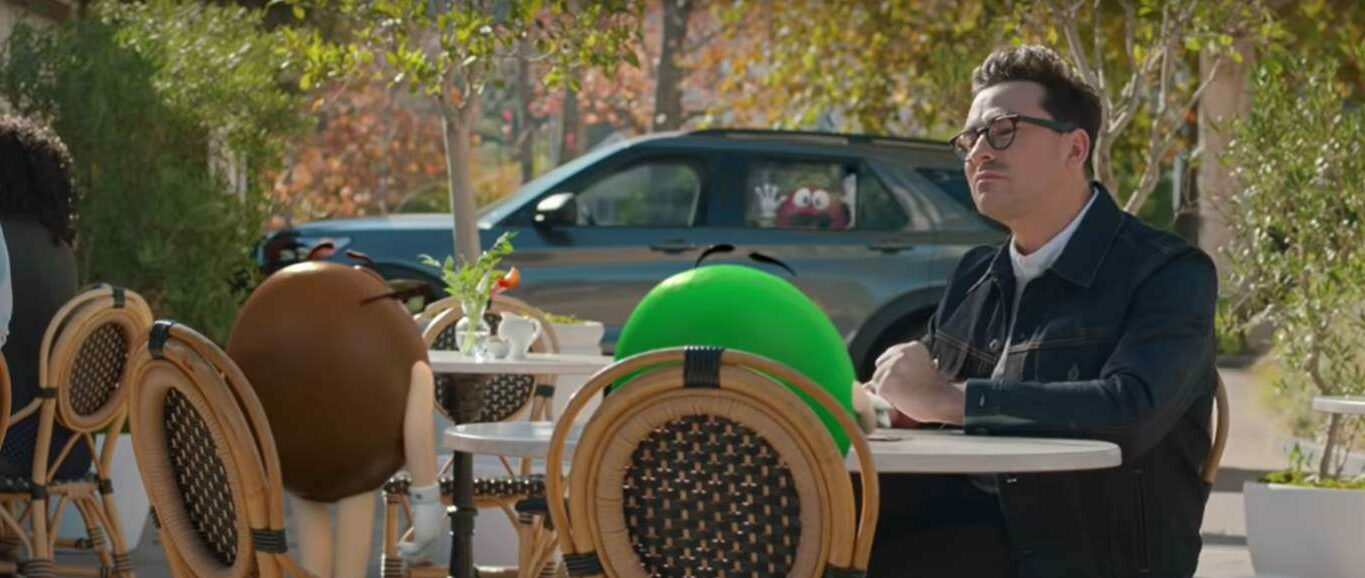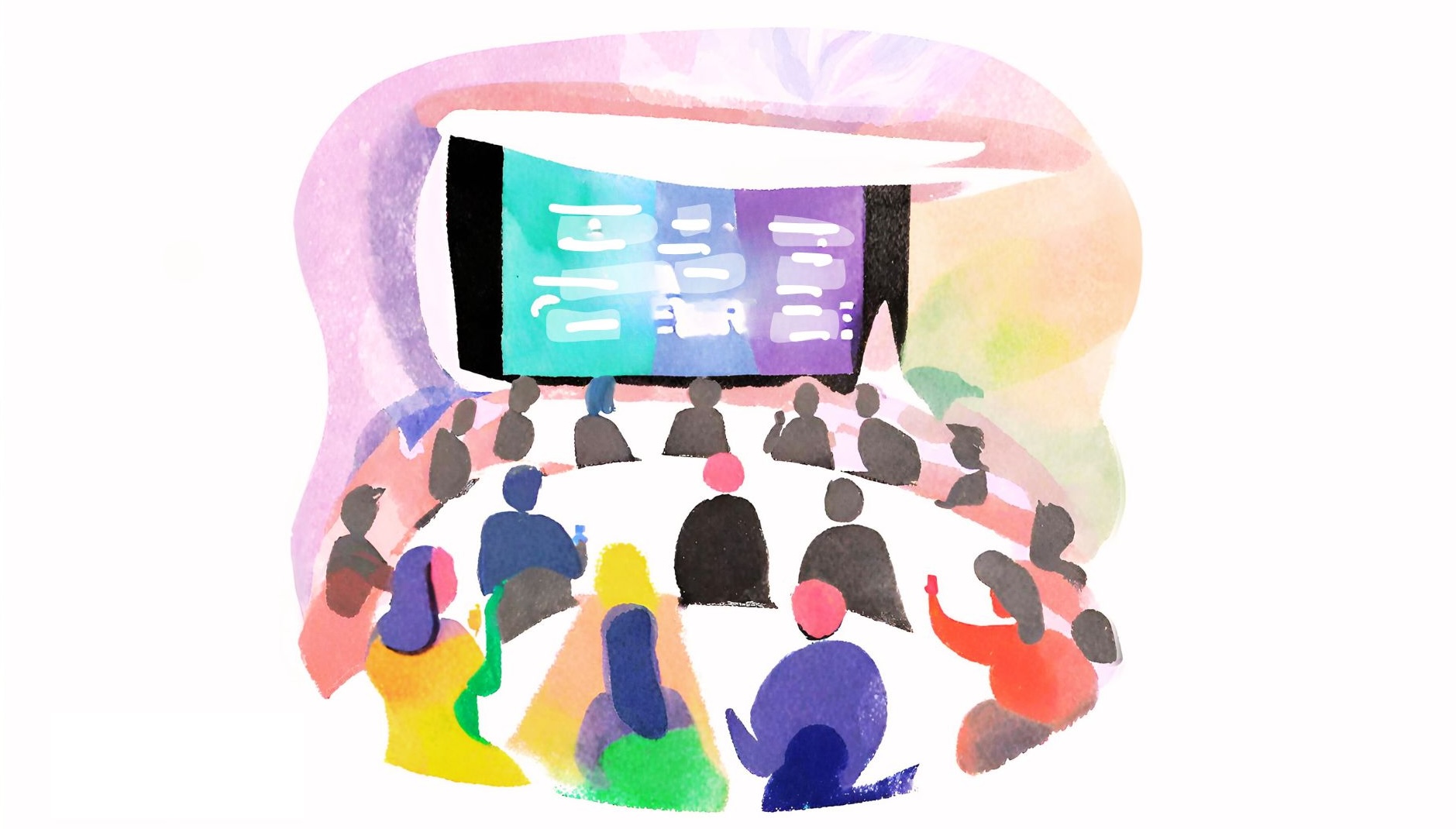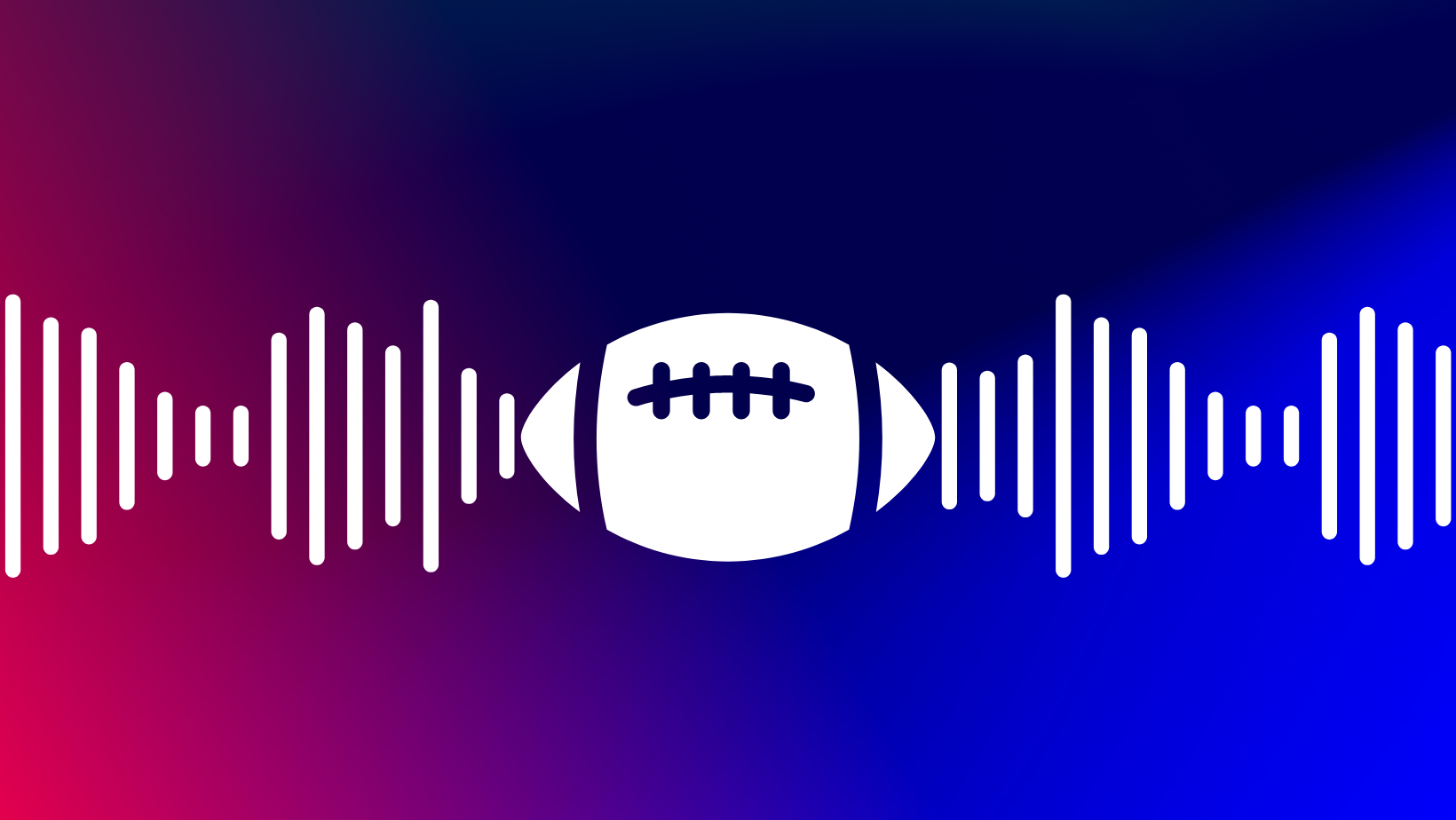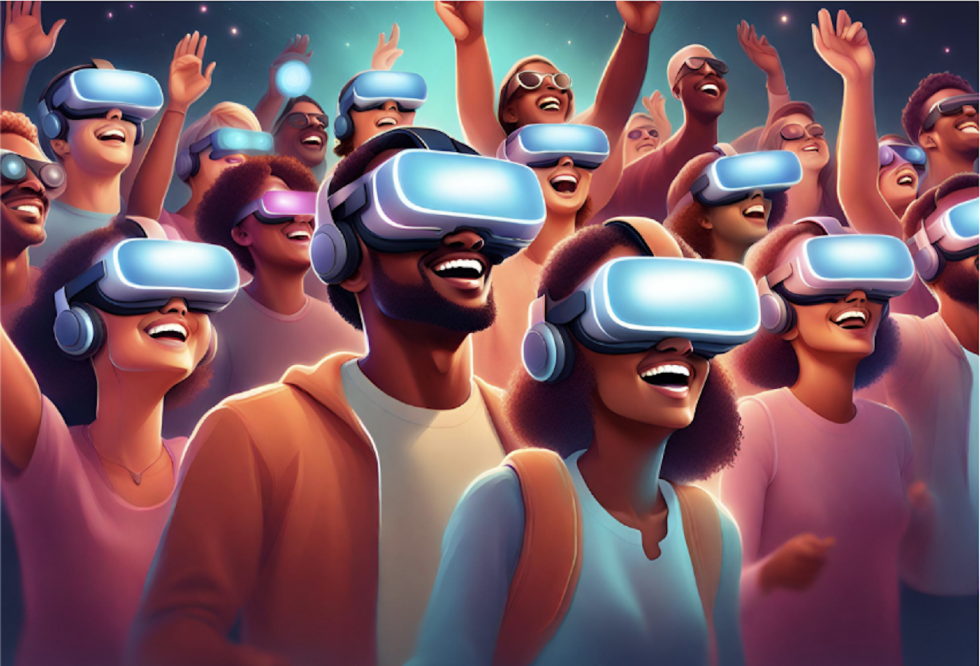4 Trends From Super Bowl 2021

By Lori Heckman Golden, VP, Celebrity & Influencer
Super Bowl during a global pandemic and a racial injustice movement – what did that mean for advertisers this year? For some, it meant sitting it out and spending elsewhere. That made room for some newbies we haven’t seen in the big game before. Those who bought airtime mostly used celebrity talent, which has become more of a rule than an exception. Of the top 10 ads, according to USA Today Ad Meter, only two did not cast celebrities.
For the right compensation, talent generally tend to be more open to Super Bowl commercials than other campaigns throughout the year, and even celebrities who are normally impossible “gets” were more open to considering Super Bowl this year. With the main goal of the spots being brand awareness and increased brand perception (leading to sales) – it’s important not to let the celebrity overshadow the message. Here are some of the celebrity trends we saw this year.
Trend 1: Inclusivity
With the social justice movement being at the forefront, advertisers worked on diversity in creation of their spots. Michael B. Jordan (also this year’s “Sexiest Man Alive”) embodied Amazon’s Alexa. Dan Levy, representing the LGBTQ+ community, was the celebrity star in M&Ms – well-timed as he hosted “Saturday Night Live” the night before. Several prominent Black stars, including Don Cheadle, Drake, and Daveed Diggs were highlighted. Cardi B joined Wayne and Garth for Uber Eats. It’s important to note that inclusivity was also prominent in the Super Bowl event itself – new star Amanda Gorman, who exploded on the market after the presidential inauguration, recited poetry and Jazmine Sullivan collaborated with Eric Church on the National Anthem. The Weeknd was the halftime performer and H.E.R sang “America the Beautiful.” There’s more progress to be made, but these were steps in the right direction.
Trend 2: Light & Humorous Tone
Advertisers always have a choice in tone – should it be light and humorous, or should it tackle current issues to showcase the brand’s values and social activism? Most brands chose the light route, always with the goal of brand awareness, and bringing some joy to Americans when we need it most. Beloved “Sesame Street” was incorporated into Door Dash’s spot, and Will Ferrell, Awkwafina and Kenan Thompson brought the laughs while promoting GM’s electric vehicle technology. Ashton Kutcher accused Mila Kunis of stealing his Cheetos (cue Shaggy’s “It Wasn’t Me”). Several advertisers did go the serious route – Jeep leading the pack with the most somber in tone spot featuring Bruce Springsteen calling for unity, which was a big risk and also his first commercial ever.
Trend 3: Adjusting to Pandemic Times
An expected trend was commercials with more outdoor sets and less crowds. Large concerts and games were avoided this year and advertisers accommodated the pandemic in multiple ways. Some marketers came up with unique ways to utilize talent. Doritos flattened Matthew McConaughey, Tide turned Jason Alexander’s face into a hoodie, and Samuel L. Jackson became a virtual video game character. Did that lessen the interaction with other actors and help with social distancing? In Alexander’s case, it certainly did. He spent much of his production time socially distanced with a skeleton crew making thousands of facial expressions.
Trend 4: Nostalgia
Nostalgia is almost always a trend in Super Bowl commercials, and this year it was perhaps even more prominent. Let’s face it, it’s been an extremely difficult year and Americans appreciate nostalgia more than ever these days. The Tide spot used the Joey Scarbury song “Believe It Or Not” to fans’ delight (die-hard fans noticed immediately). Uber Eats revived “Wayne’s World” both with talent and licensing – a huge feat and big “get” that added the cherry on the top with Cardi B. Cadillac continued the story of “Edward Scissorhands’ with Timothee Chalamet, even bringing back Winona Ryder. Bud Light brought back their legends – a stroke of nostalgia that kept the brand front and center.


